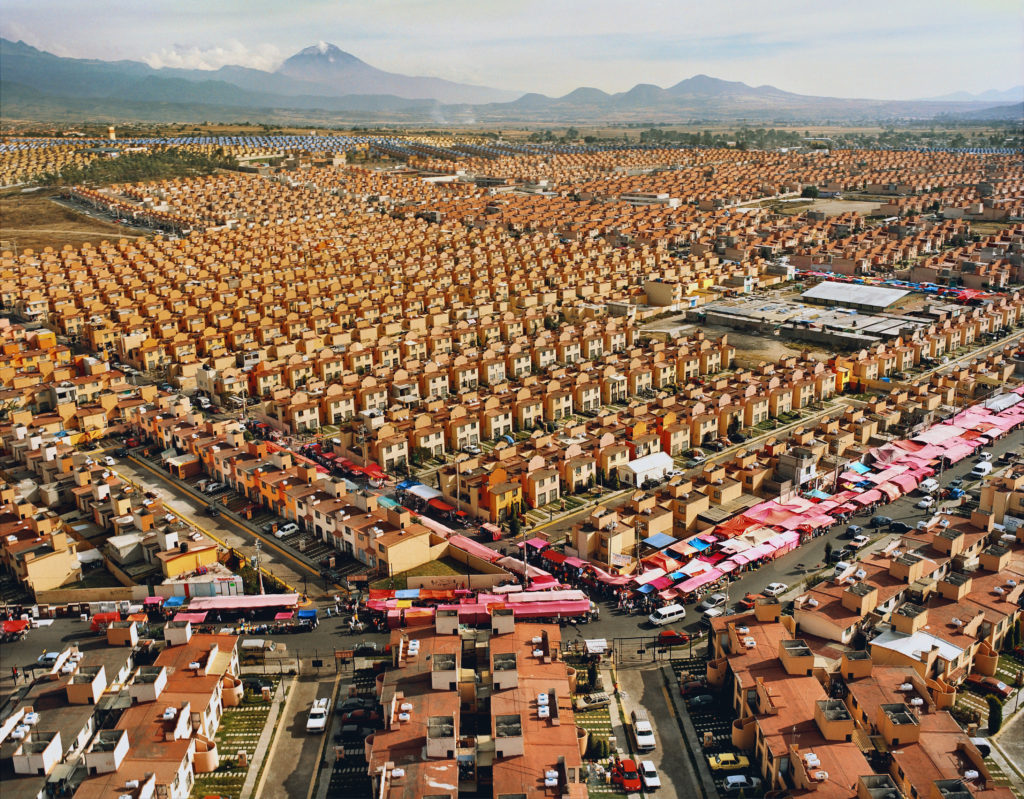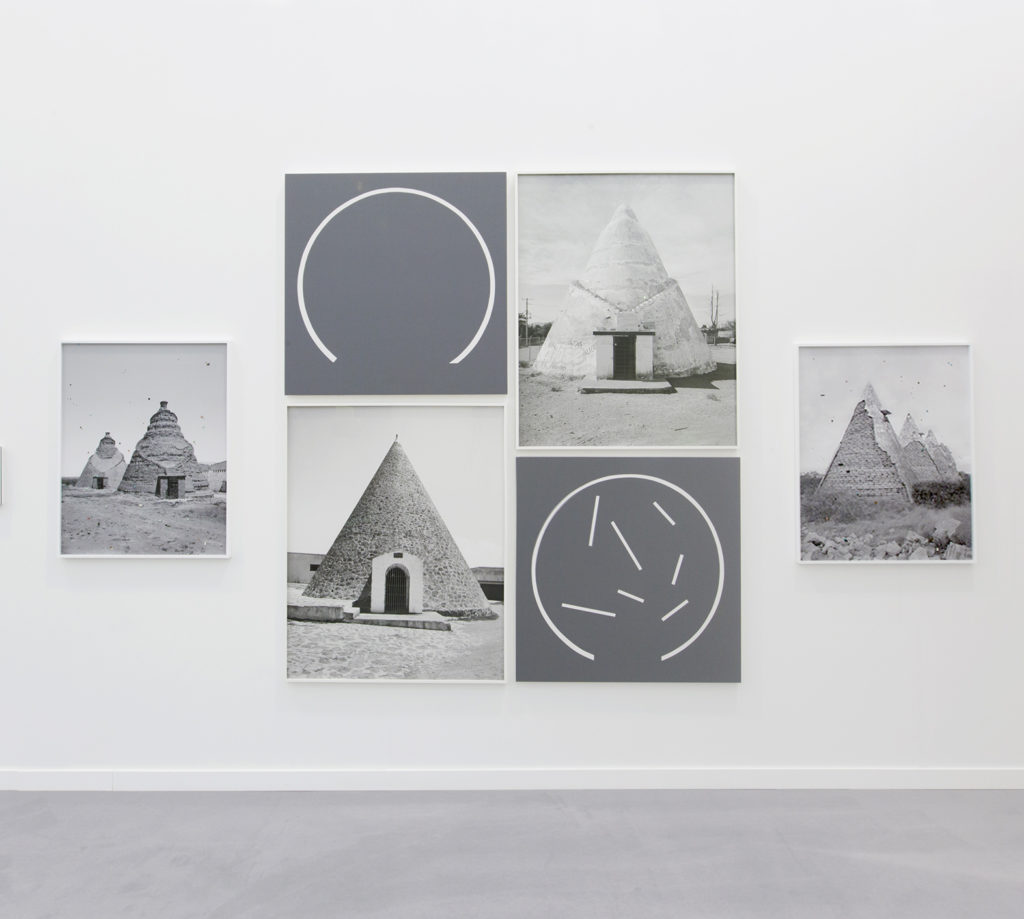Livia Corona Benjamin is this year’s recipient of the Julius Shulman Institute (JSI) at Woodbury University’s Excellence in Photography Award. But her practice of the genre of architectural photography and its inquisitions of the modernist ethos is far from conventional. For one thing, she also works in video and painting. For another, her practice flips the script on the hegemony of “heroic” modernist ideals, instead focusing on the sociological power of governments in shaping the public-facing narratives of civic spaces — and often fractured relationships between the builders/planners and the inhabitants of our cities and communities, as well as those excluded from them. Her JSI exhibition is now open in Hollywood.
L.A. WEEKLY: When did you first know you were an artist?
LIVIA CORONA BENJAMIN: I didn’t really think much about that as a self-defining title for me. I just made my work, kept up on my self assigned projects. But actually, a recent incident brought that definition into my mind: the Whitney Museum bought some of my work recently, and as the purchase cleared, they mailed me a nice letter welcoming me to their permanent collection, with a membership card that says “LIFETIME ARTIST PASS.” I read that and I gasped — thinking, “oh my it’s official.”
What is your short answer to people who ask what your work is about?
I make photographs, paintings and videos. The quickest answer could be that I record transformations and I chronicle political pressures as expressed in infrastructure. I move between representational and abstract, and in doing that I grapple with the forces of craft versus those of the industrial… the singular versus the totalizing. The methods I use bend a distance between different modes, and eras, of production. Say, like how pre-Hispanic mosaic, from Mexico, relates visually to the pixelated data of current image-making methods.
What would you be doing if you weren’t an artist?
Oh god, I am scared to think of this. It’s so much how I go about things now. But I do love to cook, and I do like owning my own business, if you will… so perhaps I’d also find comfort in running my fantasy non-plus-ultra seafood restaurant in Ensenada, the town where I grew up and where people take culinary arts very seriously!
When was your first show?
Apologies, I don’t remember clearly. But my first show in Los Angeles was last year, the group show Home So Different So Appealing, at LACMA. A big part of my work centers on housing and how people define a shelter and how private and government initiatives collide in this objective. It was a dream show for me to be a part of.

47,547 Homes. Ixtapaluca, Mexico.
30 x 40″ | C-Print, Ed. 5+2 AP | 2009 to present
Over the past five years, almost seven million nearly identical homes have been built in remote agrarian land throughout Mexico. In neighborhoods of 1,000 to 120,000, endless rows of 300-square-foot homes have reduced the building of communities to the mere construction of dormitory housing. This type of urbanization, now prevalent in my country, marks a profound change in our collective experience as citizens of a broader world. This photography project explores the effects of these neighborhoods on culture and society, and their role in forming the perspective of the younger generations who live in these neighborhoods through key formative years. (Courtesy of the artist)
When is/was your current/most recent/next show?
My current solo show is in Los Angeles, at the Woodbury University Hollywood (WUHO) Gallery space at 6518 Hollywood Blvd. It is the Julius Shulman Excellence in Photography Award exhibition! And it will be on view until July 20.
What artist living or dead would you most like to show with?
I would find it interesting to pair my Two Million Homes for Mexico images (of serialized housing tracts built by the global funding sector after the Mexican government privatized its role of public housing) with the works of painters Nicolás Enriquez (Mexican, 1704-c.1790) and or Juan Patricio Morlete Ruiz (Mexican, 1713-1772). They portrayed Mexican cities as being sparsely populated and extremely well organized, such that their work took on an almost propagandistic role. The aim was to delight a Spanish audience with the bountiful splendor of the New World, whilst also presenting this paradisaical place as an extension of Spain.

Livia Corona Benjamin: Graneros Del Pueblo, Installation view Frieze Art Fair New York 2019 (Courtesy of the artist)
But if we were showing images from my “Graneros del Pueblo” series I could see these next to artist Frederick Catherwood’s (English, 1799-1854) meticulously detailed drawings of the ruins of the Maya civilization. Something about thinking of how pre-conquest buildings in Mexico relate to pre-NAFTA agricultural buildings abandoned in the rural geographies after the cancellation of Mexico’s almost 80 year old socialized farming program, once agro-industry began to operate in these lands.
Advertising disclosure: We may receive compensation for some of the links in our stories. Thank you for supporting LA Weekly and our advertisers.

